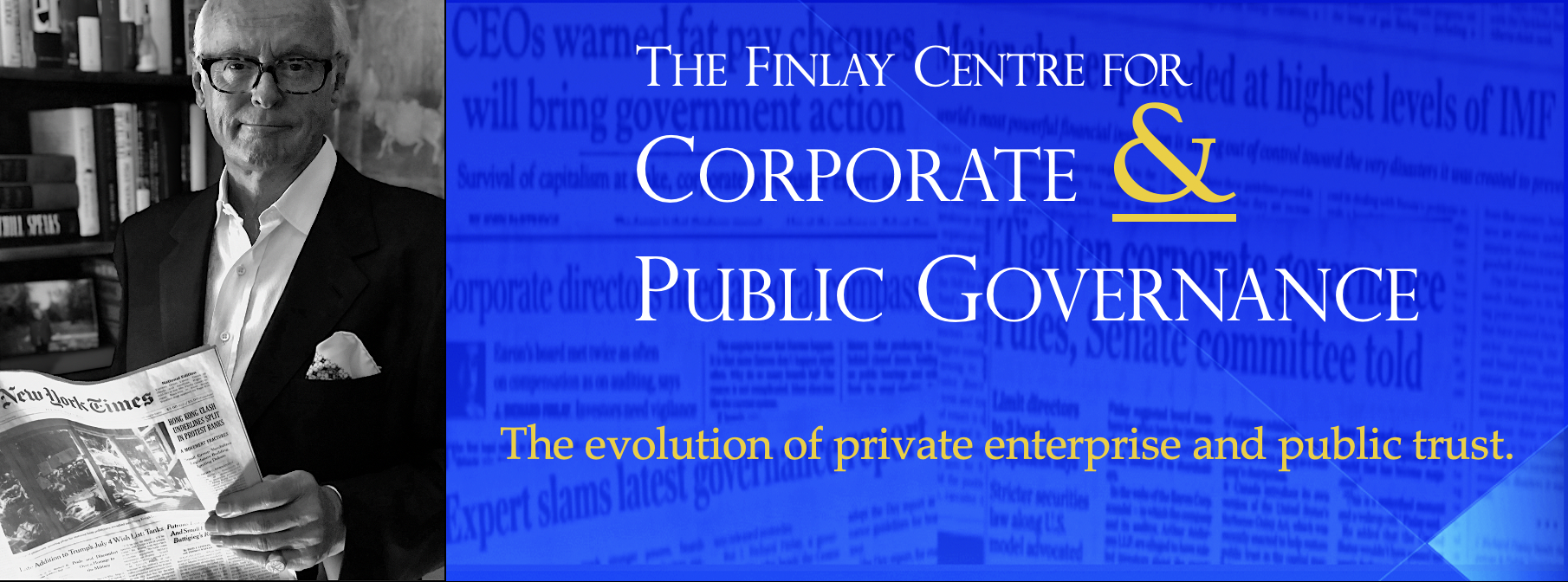The fact that Merrill’s risk committee did not function shows that this company was governed by a board that failed utterly in its duty to investors.
The magnitude of the losses was staggering on its own: nearly $10 billion for the final quarter of 2007. That was on top of the $2.3 billion loss for the previous quarter. Write-downs have exceeded more than $20 billion. Never in the storied history of Merrill Lynch have such figures been recorded. But the admission today of John Thain, the new CEO of the world’s biggest broker, takes all the oxygen out of the room:
“Merrill had a risk committee. It just didn’t function,” he told the Wall Street Journal.
His candid statement begs the question: Where was the board? Merrill’s proxy statement claims to have a board finance committee that “reviews our policies and procedures for managing exposure to market and credit risk and, when appropriate, reviews significant risk exposures and trends in these categories of risk.”
But the results show a rather different story. This is a board that was clearly inattentive to risk issues and failed utterly in its duty to instill a culture where management was fully and systematically addressing them. That, at least, was Mr. Thain’s message. It would have been impossible for any board that was even remotely within the Earth’s atmosphere in the past few years not to know that establishing standards for risk management and ensuring that they are being followed was a key part of its job. That, in large measure, is what the Sarbanes-Oxley Act is all about. In the text accompanying the legislation, the Senate banking committee noted:
The purpose of the bill is to address the systemic and structural weaknesses affecting our capital markets which were revealed by repeated failures of audit effectiveness and corporate financial and broker-dealer responsibility in recent months and years.
Those weaknesses are still there, at least within the Merrill Lynch boardroom. Yet American investors and regulators do not appear to have grasped the significance of what happened there. Nor have they asked how it was possible in an era of heightened corporate governance scrutiny and advanced technology for a board not to have known that multi-billion dollar risks were being incurred which could potentially imperil the company. And what do such shortcomings mean for the failure of corporate governance in the larger financial and banking sectors? You have to wonder if these directors, handsomely compensated to the tune of a quarter million dollars in cash and stock annually (committee chairs are paid more) have even heard of the name Enron to have been so lax in their governance practices.
It is bad enough that Merrill’s directors awarded former CEO Stanley O’Neal more than $40 million for his last full year on the job when he and they missed the warning signs of the disaster that was unfolding. It is a disgrace that they permitted a situation where he walked off with more than $160 million after presiding over the greatest losses in the company’s history. But to discover now that the board paid so little heed to risk oversight that such Titanic losses could be building is a betrayal of any acceptable concept of fiduciary responsibility to the investing public and everyone else who depends upon the proper functioning of the capital market. Such scandalous conduct would normally rise to the level of outrage on these pages. But there is more. The real disgrace, and our choice for the Outrage of the Week, is the fact that the directors who presided in slumber over one of the greatest financial disasters in American corporate history are still on the job –or at least continue to hold their posts on the Merrill Lynch board, whatever they are actually doing.

